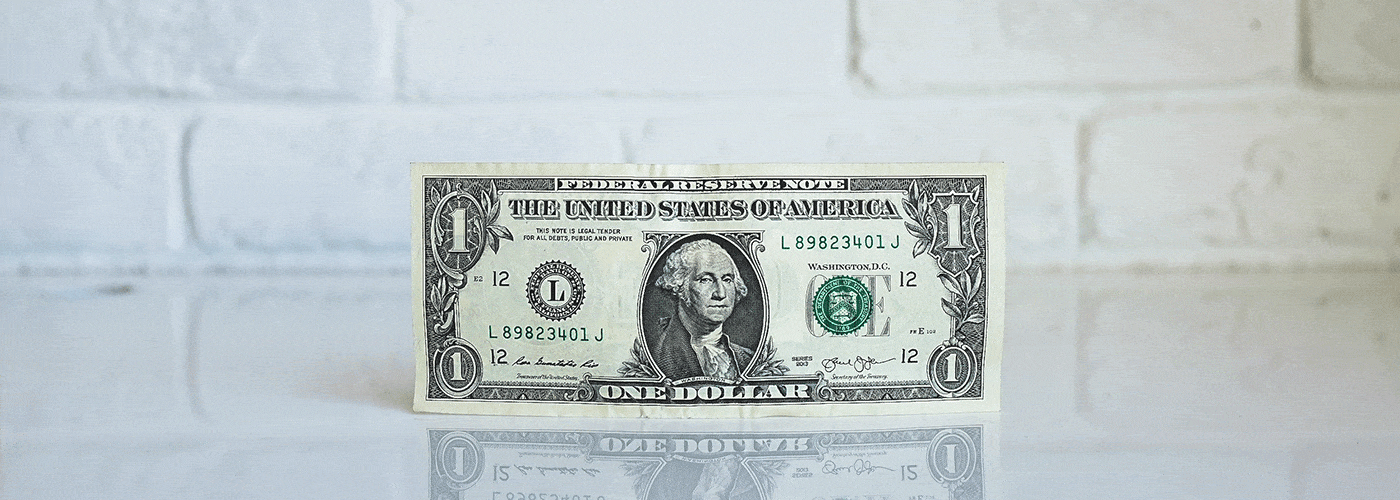There are so many details about the student loan experience, it’s hard to keep them straight sometimes.
You have to make sure you get the best terms, and the best interest rates, but at the same time you have to monitor the smaller features such as repayment options and how much you’re allowed to take of each type of loan.
It’s hard to keep all of the numbers and payment details straight, especially when you’re also undergoing the mental preparations of starting on a college journey.
But one area you SHOULD NOT overlook is the actual payments on the interest itself.
The ‘Cost’ of Interest
Understanding how much you owe in interest, when you owe it, and how to best pay it off is a crucial part of planning for any student loan.
When planning out the true cost of a student loan, one of the first steps is to identify the loan type: Is it a federal or private loan? What are the loan terms? What type of federal loan is it?
If it’s a federal loan, the question then becomes if your loan is subsidized or unsubsidized.
Subsidized loans are given to undergrad students with financial need, and are set up so that the Department of Education pays for the interest on a Direct Subsidized Loan while a student is in school, at least half-time. They also pay for the interest during a grace period after you stop going to school and any period of deferment. The grace period after school lasts six months, and is designed to help students with need.
Unsubsidized loans are available to students without the requirement to demonstrate financial need. The catch? Students have to pay for the interest on these loans during all periods, even while enrolled. If students choose not to pay the interest while enrolled, or during the grace period or deferment, then the interest accrued will be added to the principal balance.
This may seem like, “oh, no big deal, I’m paying for it anyways,” but paying off interest as early as possible is a key aspect of repayment. It all comes down to the ability to afford the payments. If you can, though, paying off the interest and keeping the principal balance as low as possible will pay off in the long run.
Obviously subsidized loans are easier to fit into a financial plan. But the flexibility during school and grace/deferment periods make the unsubsidized loans more flexible than typical private loans. Yes, you are locked into your interest rate with a federal loan, but there are many other pitfalls you can fall victim to with a private loan.
Read More: Unmasking Interest Rates
Avoiding Interest Traps
On a private loan, there are tricks to watch out for, including pre-computed interest rates. That means that a private lender calculates the amount of interest incurred in advance. They take the amount you’d pay if you made the minimum payments, and add it to your loan automatically. If you do the math, that will actually cost you more than it should have if you are able to pay off your loan early.
Private loans can also have strict rules on repayment and when you have to start paying your loans/interest. In some cases, students will have to begin paying for their loans while in school, or at the minimum cover the costs of interest payments out of pocket. These sorts of loans are rare, and students with real need have better options available, but it is important to understand all the ways in which loans can come back and bite you.
Another trick that can catch up with you on loans is origination fees. They are basically a “hidden tax” on student loans, and are not specific to private loans. In fact, a lot of students may not even realize they are paying these fees because the government deducts the fee before the loan is disbursed to the school.
So you may not see the extra thousands of dollars each year, but when it comes time to try and pay down the loan, you may discover a bigger bill than you expected. It is these factors that can make the difference between paying off interest sooner rather than later.
A few thousand dollars extra may not seem like a big chunk of change. It is, especially as you try and build savings and find extra room in your budget each month. That extra money could mean months of payments, and as you’re planning a path to start paying down your principal balance as soon as possible, understanding origination fees is a big step.



